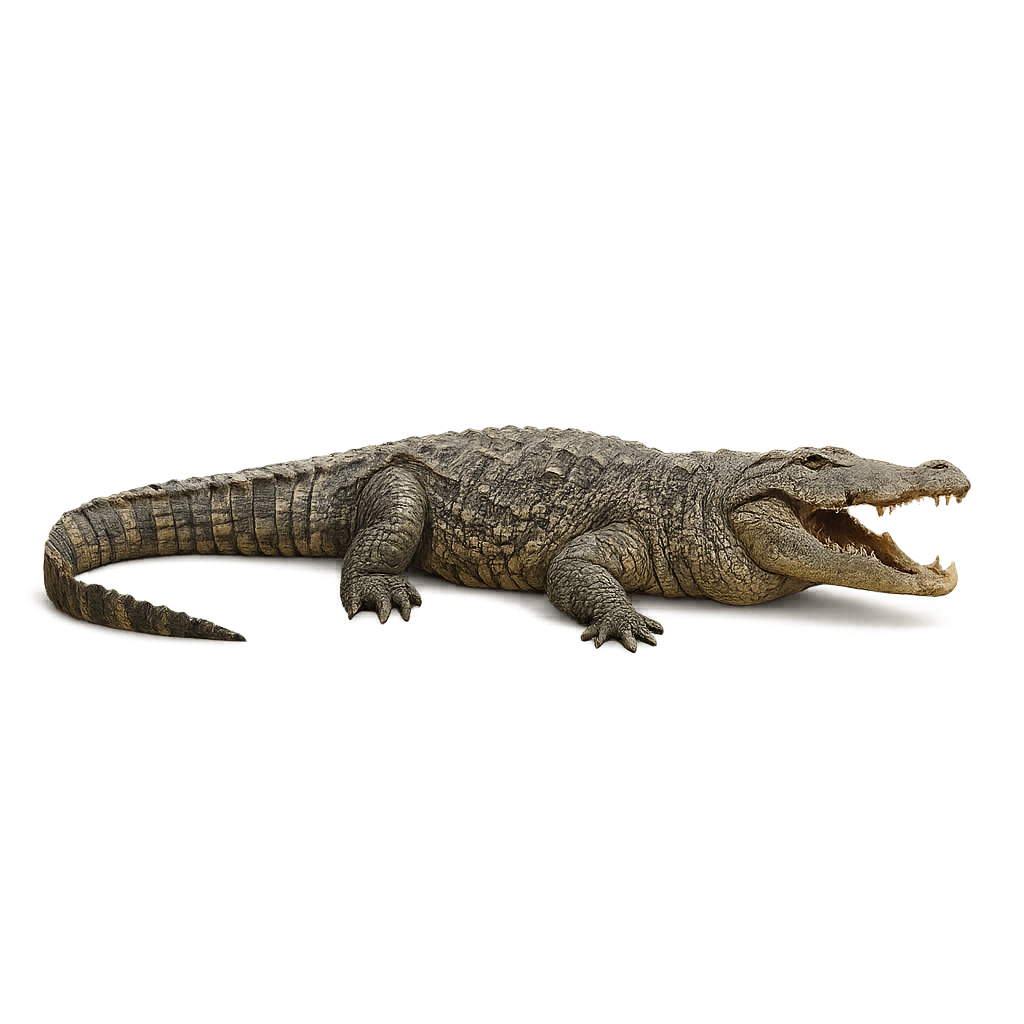Your wildlife photography guide.
Explore the nile crocodile in detail, study its behavior, prepare your shots.
Where to observe and photograph the nile crocodile in the wild
Learn where and when to spot the nile crocodile in the wild, how to identify the species based on distinctive features, and what natural environments it inhabits. The WildlifePhotographer app offers tailored photography tips that reflect the nile crocodile’s behavior, helping you capture better wildlife images. Explore the full species profile for key information including description, habitat, active periods, and approach techniques.
Nile crocodile
Scientific name: Crocodylus niloticus

IUCN Status: Least Concern
Family: CROCODILIDAE
Group: Reptiles
Sensitivity to human approach: Very shy
Minimum approach distance: 10 m
Reproduction period: March to October
Incubation: 70-80 jours
Births: March to October
Habitat:
Freshwater rivers, lakes, swamps, wetland areas
Activity period :
Mainly active at night, generally discreet during the day.
Identification and description:
The Nile Crocodile is one of the most formidable and largest species of crocodiles, capable of reaching up to 5 meters in length. It primarily lives in rivers, lakes, and swamps in Africa and is an opportunistic predator, mainly hunting fish, birds, and mammals that approach the shores. This crocodile is also known for its territorial behavior, with males often dominating large aquatic areas. Its powerful body and rough skin allow it to blend into its environment, facilitating its stealthy hunting strategy. While primarily aquatic, the Nile Crocodile sometimes ventures onto land to bask in the sun.
Recommended lens:
400 mm – adjust based on distance, desired framing (portrait or habitat), and approach conditions.
Photography tips:
Photograph the Nile Crocodile from a distance using a telephoto lens, especially when it is basking in the sun or hunting near the shore. Use soft lighting to capture the textures of its rough skin and the details of its powerful body. Be patient, as this reptile may remain immobile for long periods. Do not approach too closely, as crocodiles can be aggressive if threatened, especially when in their territorial zone.
The WildlifePhotographer App is coming soon!
Be the first to explore the best nature spots, track rutting seasons, log your observations, and observe more wildlife.
Already 1 427 wildlife lovers subscribed worldwide

